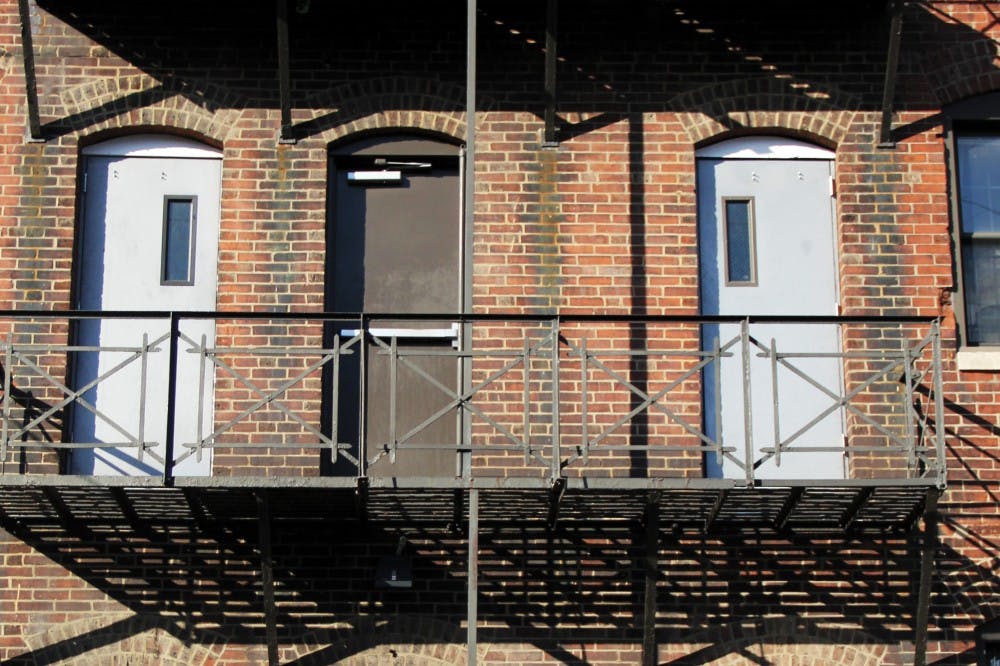Over the course of ten years, Philadelphia saw a sharp increase in rentership, surpassing both the national average and many other large cities in the United States.
The percentage of households that rent increased 4.2 percent nationally from 2006 to 2016, according to data released by APM Research Lab and Marketplace. Philadelphia saw a city-wide increase in rentership of more than 6 percent over the same decade, bringing its total amount of household renters to 47.9 percent.
The jump in Philadelphia rentership was the third greatest among the ten most populated cities in the nation.
APM attributed the 7.3 million households entering the rental market to the Great Recession of 2008. A study from January indicated that the housing market in most Philadelphia neighborhoods has not changed since the recession.
APM’s research also found that 47 percent of cities nationwide housed more renters than homeowners in 2016 — up from just 21 percent a decade before.
Renting apartments is a popular option for Penn students, with thousands living throughout University City each year. Recently, however, the University announced that all sophomores will be required to live on campus starting in 2024.
Students, however, face the issue of the increasingly expensive rent in University City. Students told the DP last year that the off-campus options near Penn can be costly and that they worry that the costs have “exacerbated socioeconomic divisions in the Penn community.”
In 2016, Philadelphia rose to the 15th spot among the most expensive cities in the country, and University City became the most expensive neighborhood for renting in the entire city.
RELATED:
U.S. News ranks Philadelphia as the 98th best city to live in the nation
Philadelphia is home to some of the country's top millennial hotspots, report shows
Philadelphia ranks 73rd out of 75 major U.S. cities in financial health









